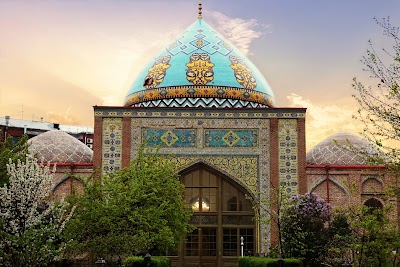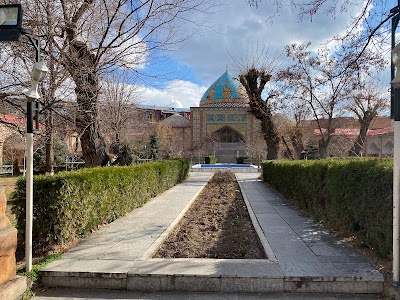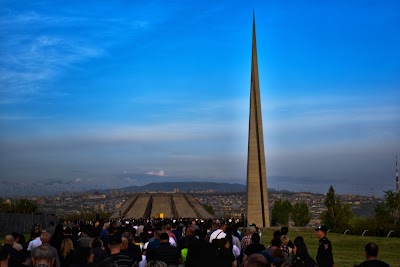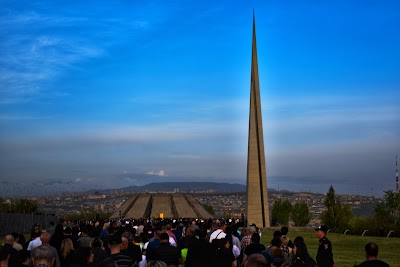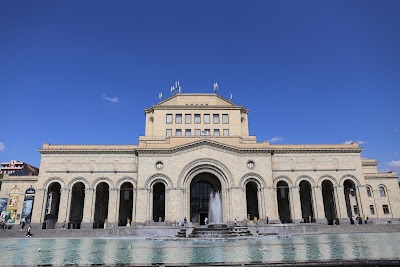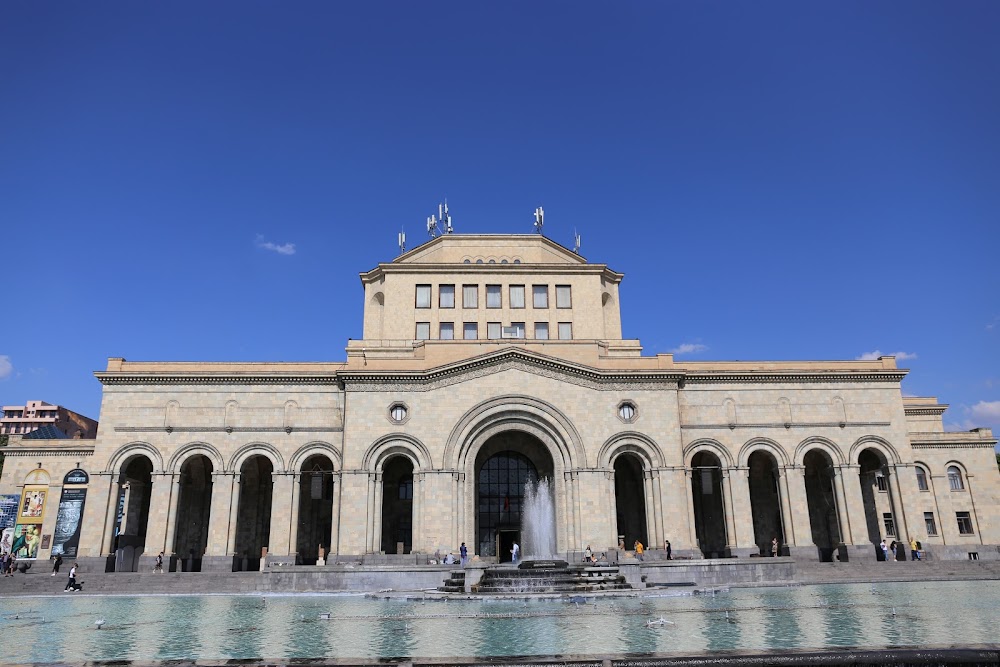Blue Mosque (Կապույտ մզկիթ)
Overview
The Blue Mosque, located in the heart of Armenia's capital, Yerevan, is an extraordinary historical and architectural landmark that every visitor should experience. This stunning example of Islamic architecture serves as a testament to Yerevan’s rich cultural history, offering a fascinating glimpse into the city’s past, shaped by various religious and cultural influences.
Constructed in the 18th century, around 1765, the Blue Mosque was commissioned by Hussein Ali Khan, the governor of the Erivan Khanate, during a time when Armenia was under the Persian Empire. It functioned as a spiritual and community hub for the region’s Muslim population. However, with the rise of the Soviet regime in the early 20th century, many religious buildings were either repurposed or destroyed. The Blue Mosque was transformed into a museum dedicated to the history of Yerevan, aligning with Soviet secular policies. After Armenia regained its independence in 1991, the mosque underwent restoration and returned to its original purpose as a place of worship.
One of the most captivating aspects of the Blue Mosque is its architecture. The complex features a central prayer hall, an open courtyard, and several smaller structures. The main prayer hall is particularly remarkable for its intricate tile work, predominantly in shades of blue—hence the mosque's name. These exquisite tiles are embellished with floral and geometric patterns typical of Persian Islamic art. The mosque’s central dome and minaret are also adorned with beautiful calligraphy and tilework, showcasing verses from the Quran and enriching the spiritual atmosphere of the space.
The courtyard of the Blue Mosque offers a peaceful oasis amidst the lively city. Lush greenery and a tranquil fountain at the center create a serene environment for both worshippers and visitors. This area provides a striking contrast to the vibrant streets of Yerevan, serving as a sanctuary for quiet reflection and respite from urban life. The mosque's layout, characterized by its central courtyard, is reflective of traditional Persian mosque architecture, designed to foster community and contemplation.
Beyond its religious significance, the Blue Mosque symbolizes the cultural tapestry of Yerevan. It stands as one of the few remaining mosques in Armenia, highlighting the historical presence of Muslims in a predominantly Christian nation. This coexistence illustrates the diverse history of the region, where various religious and ethnic groups have thrived together over the centuries. Today, the Blue Mosque serves not only as a place of worship but also as a cultural bridge, promoting understanding and dialogue among different communities.
For those eager to delve deeper into the mosque's history and the broader context of Yerevan’s Islamic heritage, guided tours are available. These tours offer valuable insights into the architectural details, historical background, and cultural significance of the mosque, enhancing your visit and broadening your understanding of this unique landmark.
Visiting the Blue Mosque is a culturally enriching experience that opens a window into Yerevan's multifaceted history. Whether you're captivated by its architectural beauty, historical importance, or serene atmosphere, the Blue Mosque has something special to offer everyone.
As you prepare for your visit, please keep in mind that the mosque functions as a place of worship. Visitors are encouraged to dress modestly and to respect the customs and practices of those who come to pray. Generally, the mosque is open to tourists outside of prayer times, but it is advisable to check visiting hours in advance.
In conclusion, the Blue Mosque in Yerevan is an essential stop for any traveler eager to explore the rich cultural and historical layers of the city. It stands as a beautiful representation of Islamic architecture in Armenia and serves as a poignant reminder of the cultural diversity that has influenced Yerevan throughout the centuries. A visit to the Blue Mosque not only deepens your understanding of the city but also provides a moment of peace and reflection amid the bustling urban environment.


